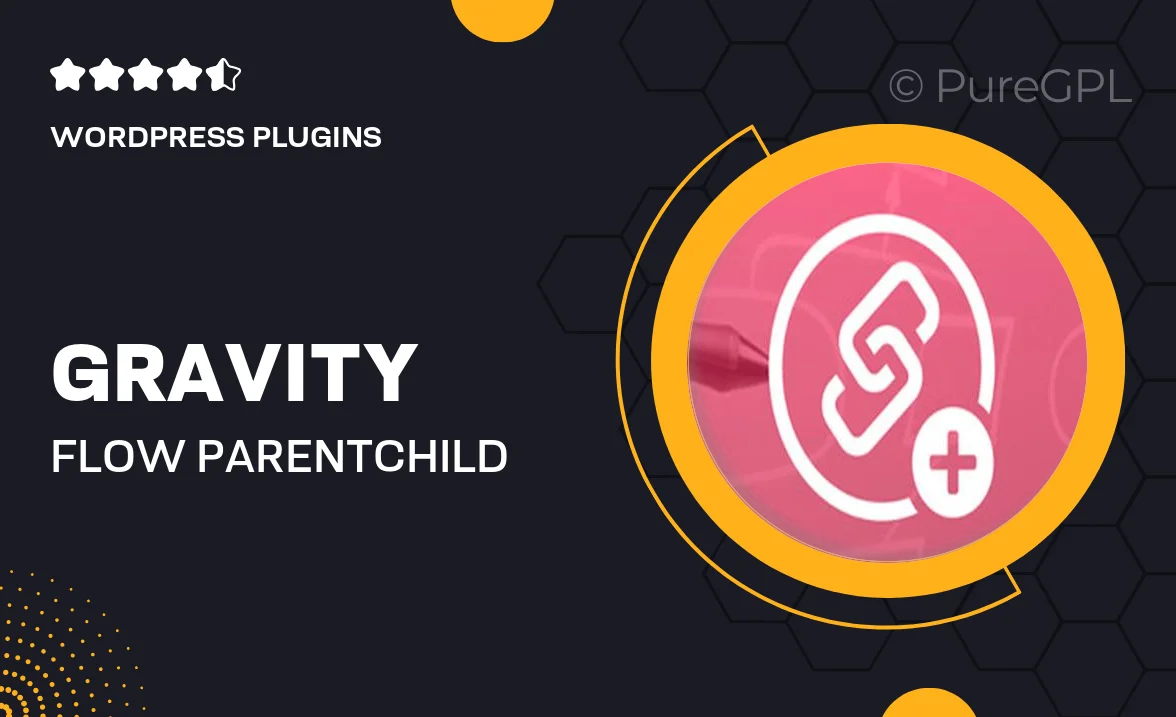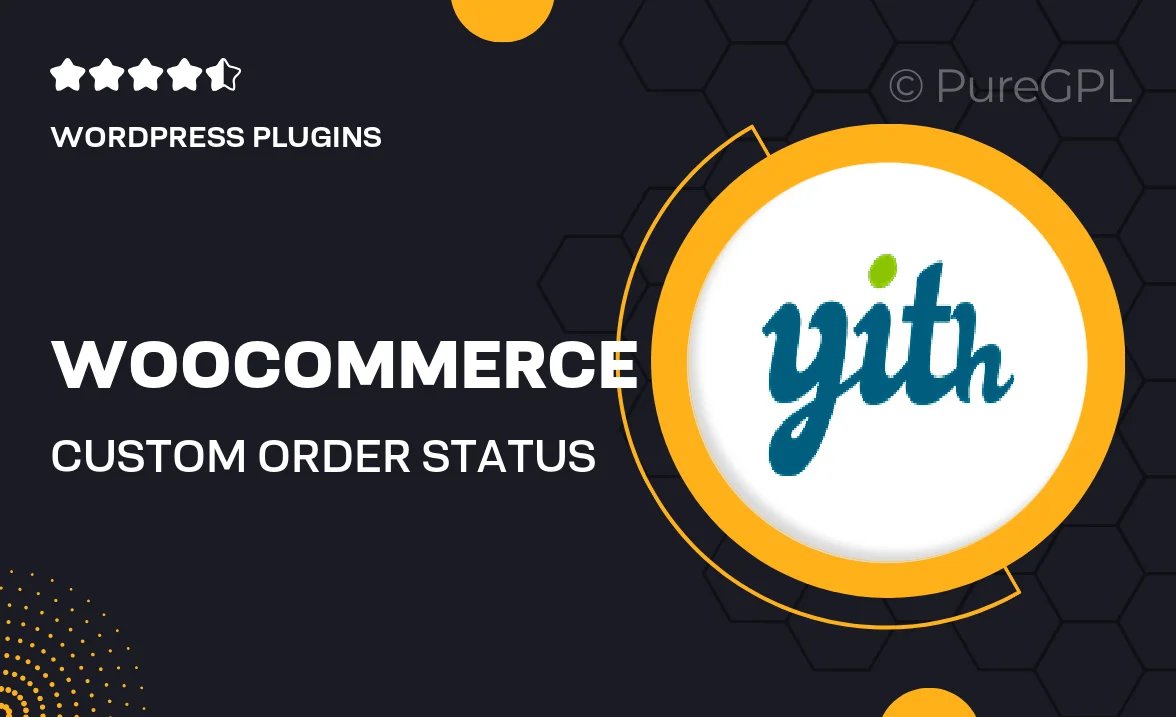
Choose Your Desired Option(s)
About Gravity flow | Parent-Child Forms
Explore the Dynamics of Gravity Flow in Parent-Child Forms
When dealing with complex forms that involve parent-child relationships, understanding the concept of gravity flow is crucial. Gravity flow refers to the natural progression of data from a parent form to its related child forms, mimicking the flow of gravity. In the context of form design, this concept plays a vital role in creating efficient and user-friendly user interfaces. This blog delves deeper into the dynamics of gravity flow in parent-child forms and how it can enhance the overall user experience.
Efficient Data Entry and Management
One of the key benefits of implementing gravity flow in parent-child forms is the efficient data entry and management it offers. By structuring forms in a hierarchical manner, users can easily navigate through related fields and input data seamlessly. This structured approach not only streamlines the data entry process but also ensures data accuracy and consistency.
Improved User Experience and Navigation
Gravity flow enhances the user experience by providing a clear and intuitive navigation path within the form. Users can easily identify the relationship between parent and child forms, making it easier to fill out the required information. This streamlined process reduces the risk of errors and improves the overall usability of the form.
Enhanced Data Integrity and Validation
Another advantage of leveraging gravity flow in parent-child forms is the improved data integrity and validation. By enforcing relationships between parent and child forms, data validation rules can be applied more effectively. This ensures that all required fields are filled out correctly and that the entered data meets the specified criteria, enhancing the overall data quality.
Scalability and Flexibility in Form Design
Gravity flow allows for greater scalability and flexibility in form design, particularly for complex data structures. As new fields or sections are added to the form, the gravity flow logic ensures that the data flow remains intact and logical. This flexibility enables designers to create dynamic and adaptive forms that can accommodate evolving business requirements.
Seamless Integration with Workflow Automation
By incorporating gravity flow in parent-child forms, organizations can seamlessly integrate form submissions with workflow automation processes. Data submitted through parent forms can trigger automated actions or notifications related to child forms, streamlining business workflows and enhancing efficiency. This integration creates a cohesive and interconnected system that optimizes data flow and processing.
In conclusion, understanding and implementing gravity flow in parent-child forms can significantly improve the efficiency, usability, and data quality of complex form interactions. By harnessing the natural flow of gravity in form design, organizations can optimize their data entry processes, enhance user experiences, and streamline workflow automation. Embracing this concept can unlock a world of possibilities for creating intuitive and dynamic forms that meet the evolving needs of modern businesses.







